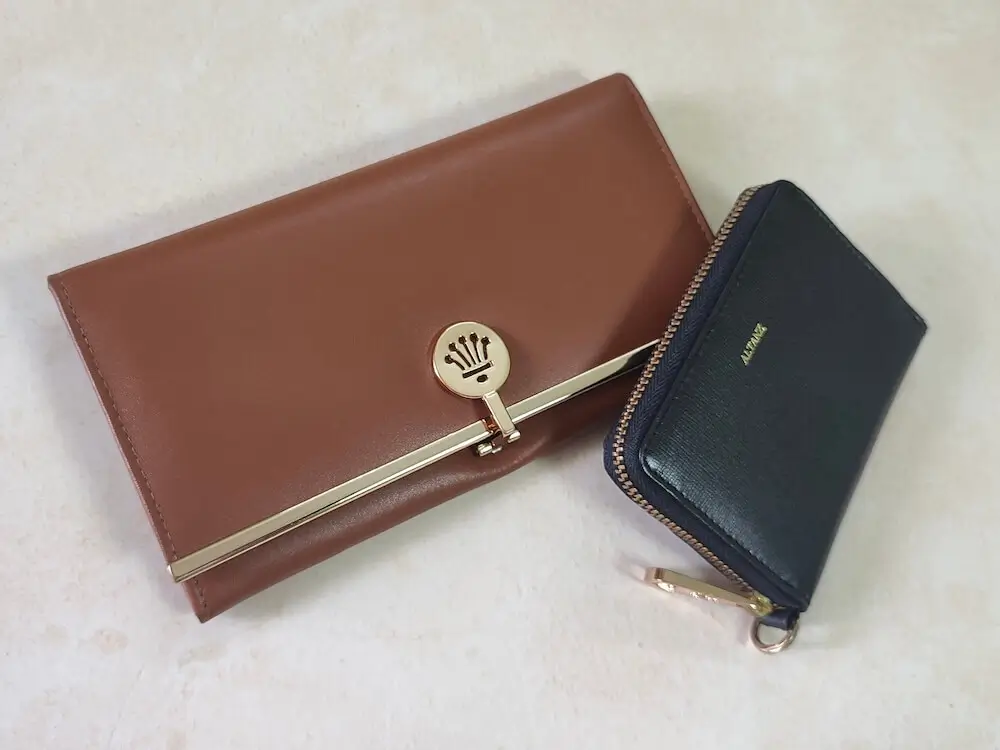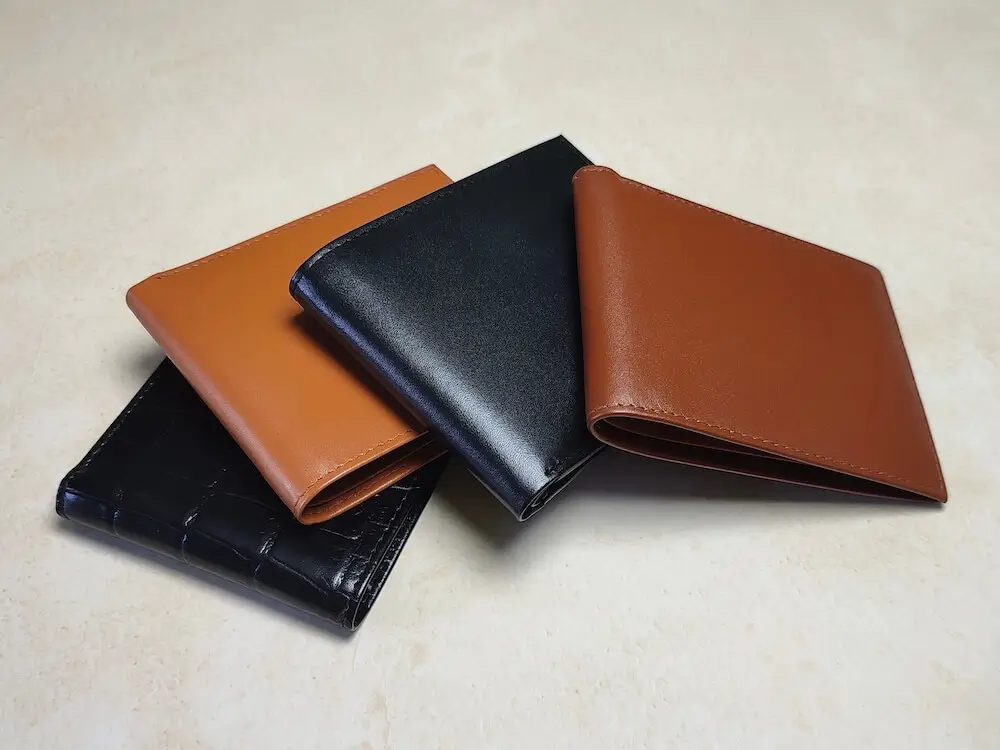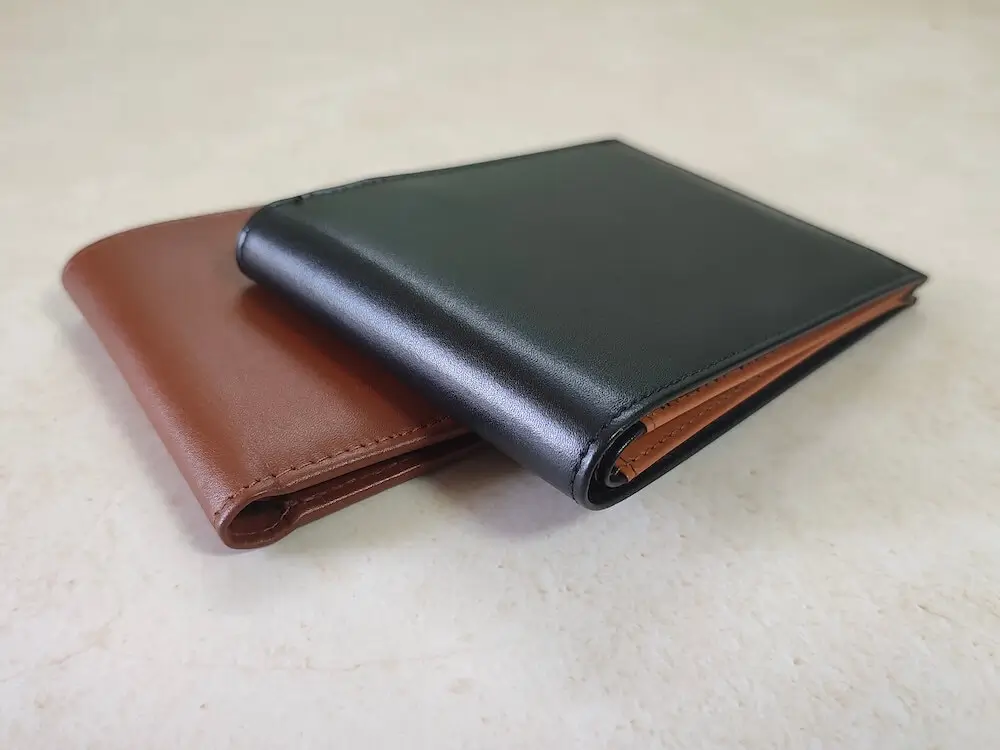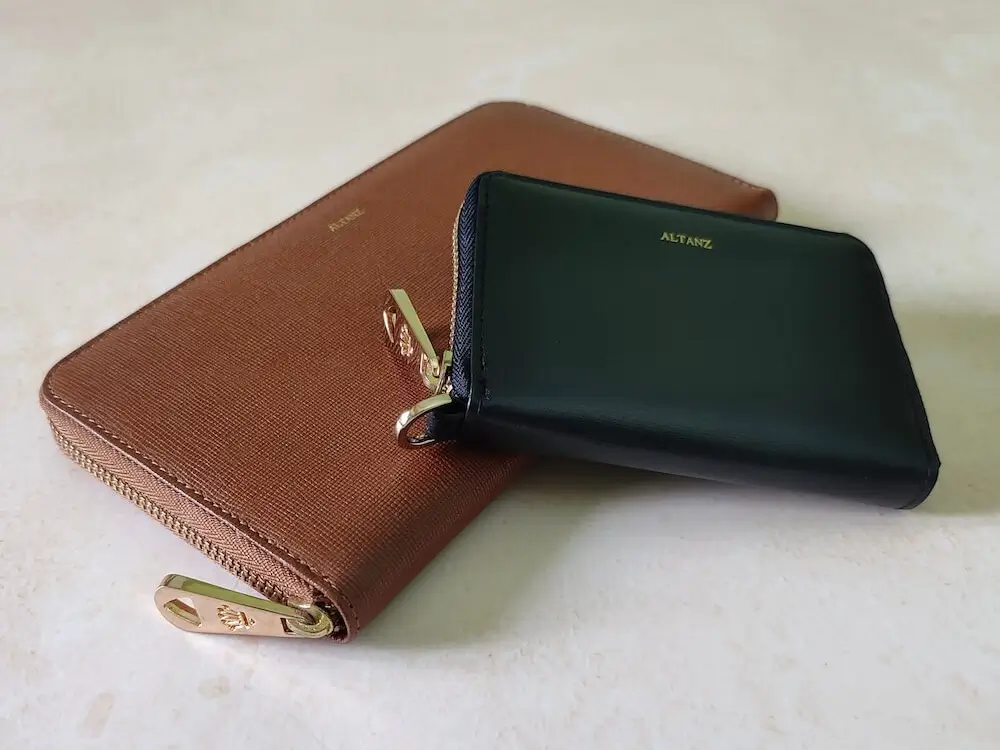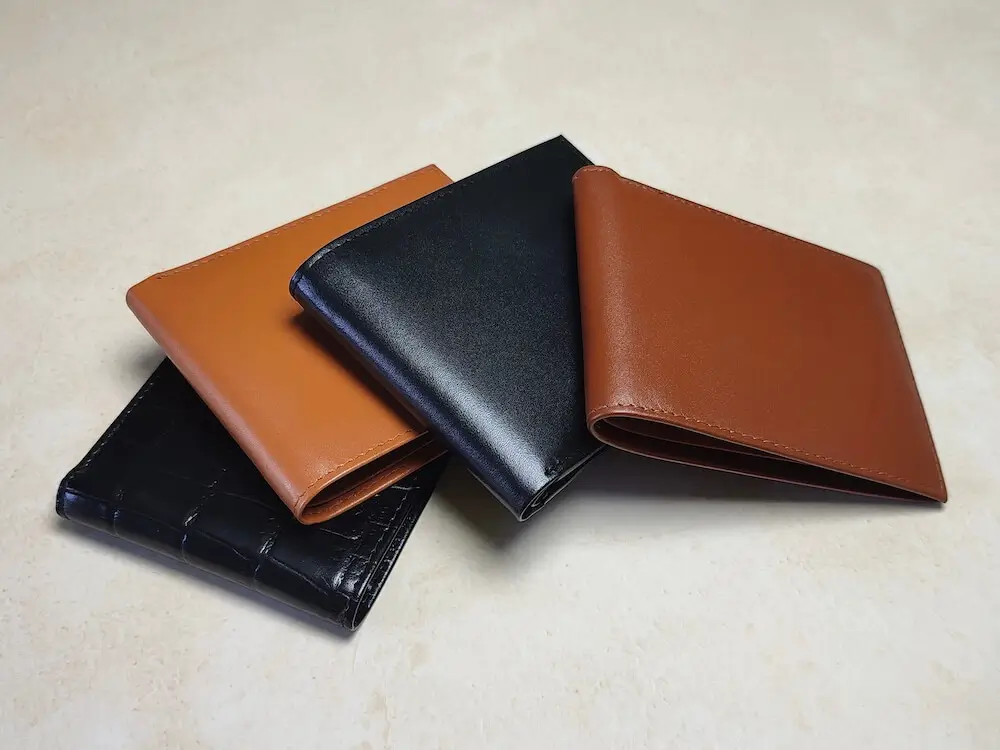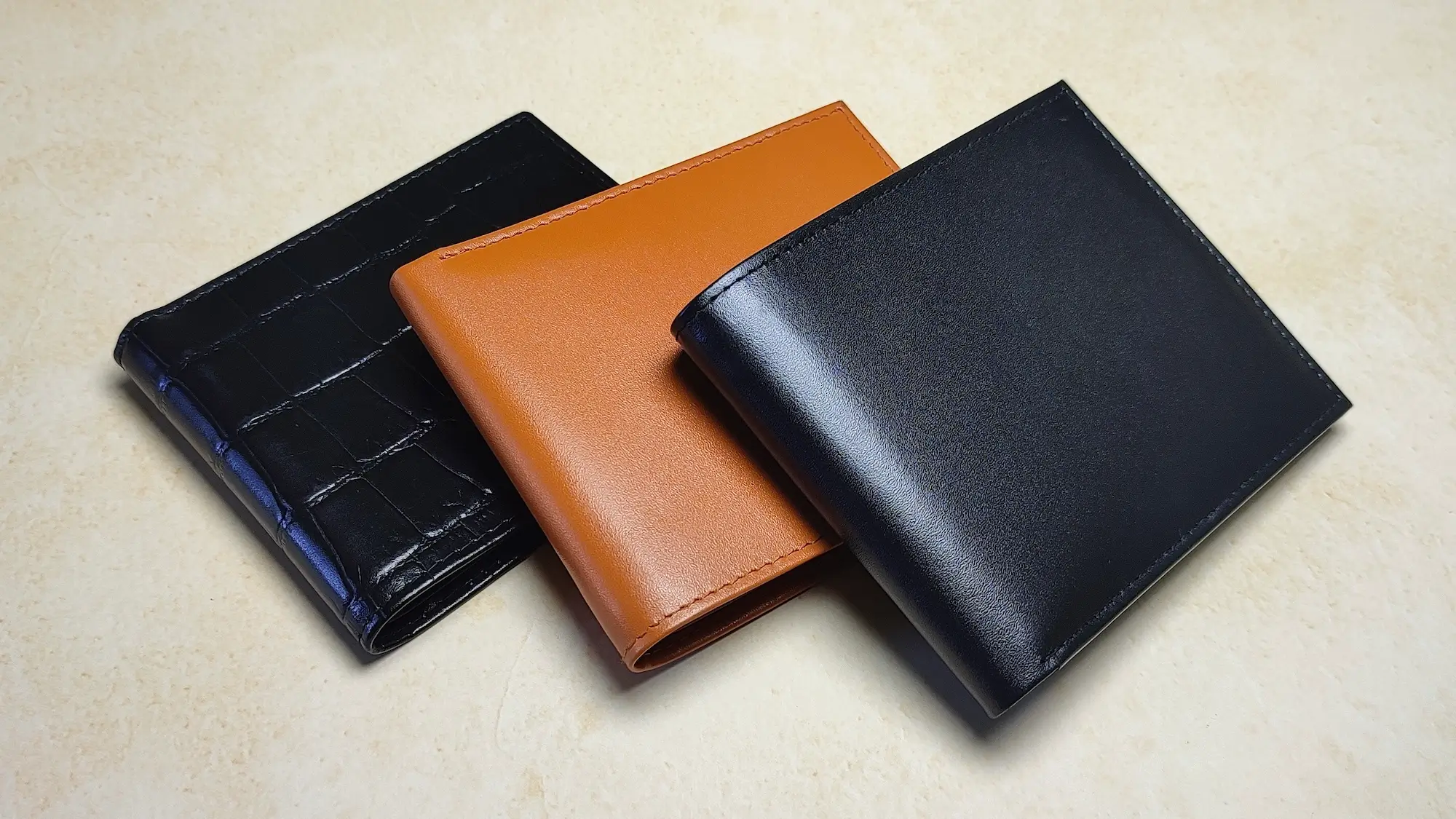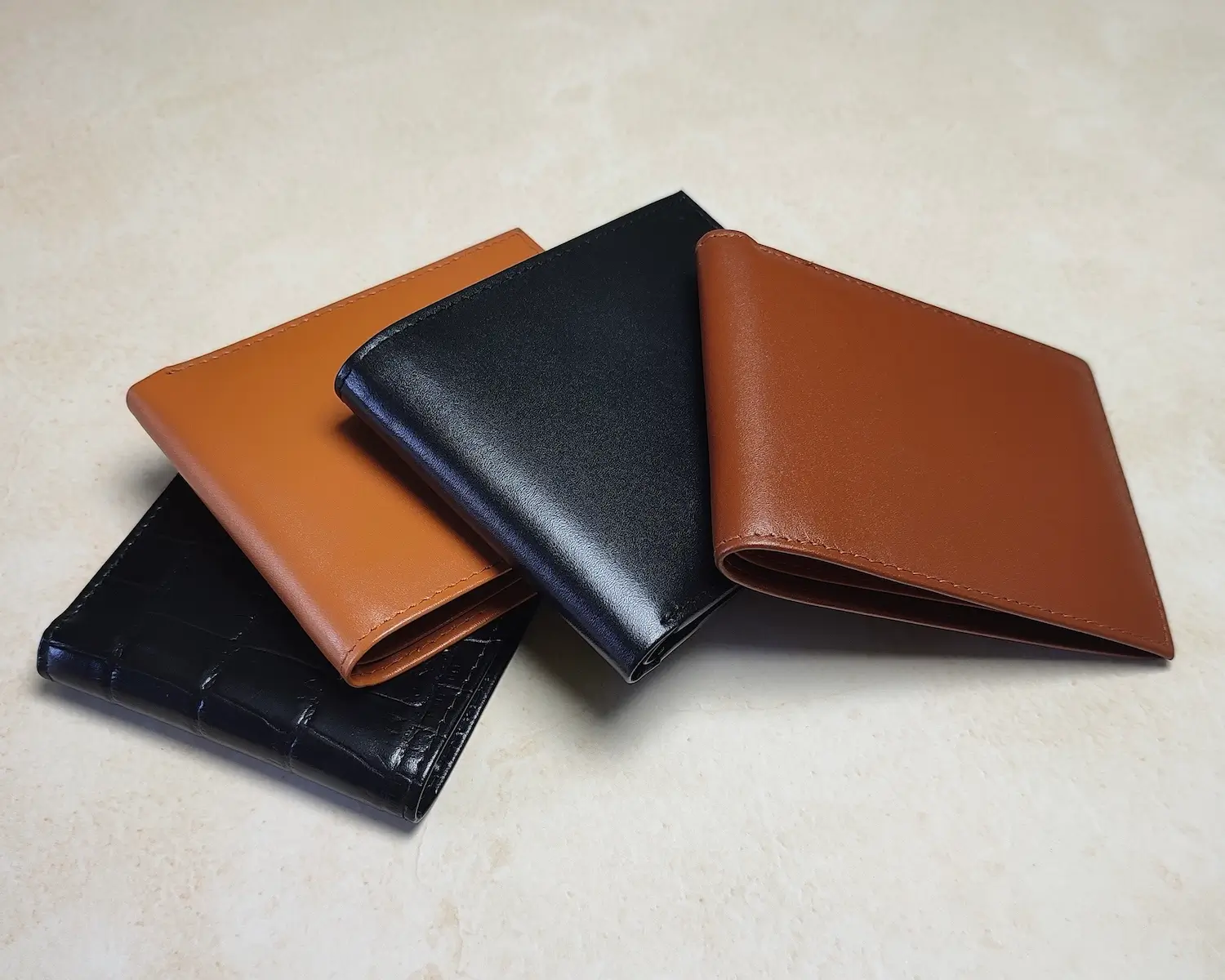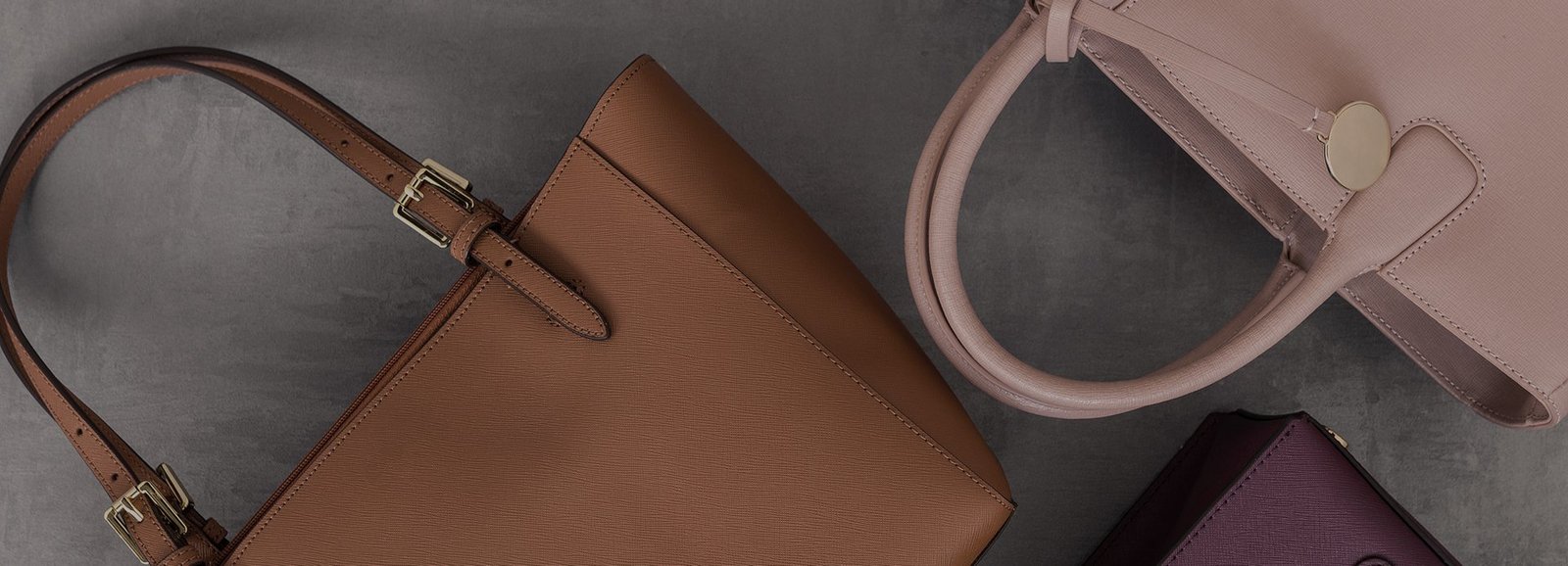Product Guides & Reviews
Things to Know Before Buying Leather Goods: A Smart Buyer’s Guide
Introduction
Leather goods have a timeless appeal, offering durability, sophistication, and versatility. Whether it’s a wallet, handbag, or leather jacket, investing in high-quality leather can enhance your wardrobe and daily life.
However, not all leather products are created equal, and making informed choices is essential to ensure you’re getting value for your money.
Here’s everything you need to know before buying leather goods.
Why Invest in Leather Goods?
Durability and Longevity
Leather is renowned for its strength and resilience. Unlike synthetic materials that wear out quickly, genuine leather ages gracefully and often looks better with time. A well-made leather product can last for decades with proper care, making it a cost-effective choice in the long run.
The durability of leather goods comes from the natural properties of the material. Full-grain leather, for instance, retains the toughest part of the hide, ensuring maximum durability. This makes it ideal for items that experience daily wear and tear, such as wallets and shoes.
Timeless Style
Leather never goes out of style. Its classic, polished look complements a variety of outfits and occasions, whether you’re attending a formal meeting or going for a casual outing. From sleek black handbags to rustic brown belts, leather accessories add an element of sophistication to any ensemble.
Moreover, leather products are versatile enough to suit different preferences. Neutral tones like black, brown, and tan offer understated elegance, while bold colors like red or metallic leather make a statement.
Eco-Friendly and Sustainable
When sourced responsibly, leather can be an eco-friendly choice. Many high-quality leather goods are crafted from by-products of the meat industry, reducing waste. Additionally, the longevity of leather reduces the need for frequent replacements, minimizing environmental impact compared to disposable synthetic items.
Opting for brands that use eco-conscious tanning processes and ethical sourcing practices ensures your leather purchase aligns with sustainability values.
Key Types of Leather to Consider
Full-Grain Leather
Full-grain leather is the gold standard of leather quality. It’s made from the top layer of the hide, preserving its natural texture and imperfections. This type of leather is incredibly durable and develops a beautiful patina over time, making it a favorite among leather enthusiasts.
Although full-grain leather is the most expensive, its longevity and timeless appeal justify the investment. It’s commonly used for premium handbags, belts, and furniture.
Top-Grain Leather
Top-grain leather is the second-highest quality option. It’s sanded to remove imperfections, resulting in a smoother finish. While not as durable as full-grain, it’s still strong and offers a sleek, polished appearance.
Top-grain leather is often more affordable than full-grain and is used in products like wallets, bags, and jackets. It’s a great choice for those seeking quality without exceeding their budget.
Genuine Leather
Genuine leather, despite its name, is a lower-grade option. It’s made from leftover layers of the hide and is often coated to mimic the appearance of higher-quality leather. While it’s more affordable, it doesn’t age as well or last as long as full-grain or top-grain leather.
Genuine leather is suitable for budget-conscious buyers but may not offer the same durability or aesthetic appeal.
Bonded Leather
Bonded leather is made from scraps of leather that are glued together and coated. It’s the lowest-quality leather option, often used in inexpensive furniture or accessories. While it’s an economical choice, bonded leather tends to peel and wear out quickly, making it less suitable for long-term use.
Factors to Evaluate When Buying Leather Goods
Leather Quality
Understanding leather quality is crucial when making a purchase. Full-grain and top-grain leather are the best options for durability and style, while genuine leather and bonded leather are more affordable but less reliable. Always check for natural imperfections and texture, as these are indicators of genuine leather.
Craftsmanship
The quality of craftsmanship can make or break a leather product. Pay close attention to stitching—it should be tight, even, and free of loose threads. Examine hardware like zippers, buckles, or clasps to ensure they’re sturdy and functional.
Handmade leather goods often offer superior craftsmanship compared to mass-produced items. Artisans take extra care in stitching and assembling the product, resulting in a more durable and refined finish.
Functionality
While aesthetics are important, functionality should not be overlooked. Consider how you’ll use the item and whether it meets your needs. For instance, a wallet with multiple card slots may be more practical than a minimalist design, while a handbag with compartments can keep your belongings organized.
Pricing
Quality leather goods come at a price, but they’re often worth the investment. If a product seems unusually cheap, it’s likely made from low-grade leather or poorly crafted. Look for a balance between cost and quality, and don’t hesitate to spend a bit more for a product that will last for years.
Identifying Authentic Leather
Texture and Grain
Genuine leather has a unique texture that synthetic materials cannot replicate. Full-grain leather, in particular, features natural imperfections like wrinkles or pores, which add to its charm. Avoid products with overly smooth or uniform surfaces, as these are often made from faux leather.
The Smell Test
One of the easiest ways to identify real leather is by its smell. Genuine leather has a distinct earthy aroma, while synthetic alternatives often smell like chemicals or plastic. Trust your senses when evaluating leather products in person.
The Water Drop Test
A simple water drop test can help confirm authenticity. Place a small drop of water on the leather—real leather will absorb it gradually, while faux leather will repel it. This test is especially helpful when shopping in stores and unsure about the material.
Common Types of Leather Goods and How to Choose Them
Handbags and Wallets
Leather handbags and wallets are among the most popular leather goods, combining style and practicality. When choosing these items, focus on the following:
- Material and Finish: Opt for full-grain or top-grain leather for durability and a sophisticated look.
- Design: Select a style that suits your lifestyle, such as a tote bag for work or a compact crossbody for casual outings. For wallets, consider features like card slots, coin compartments, and slim profiles for ease of carrying.
- Hardware: Check zippers, clasps, and buckles for sturdiness and smooth operation.
Neutral colors like black, brown, or nude are versatile for everyday use, while bold colors or patterns can add a statement piece to your collection.
Shoes and Belts
Leather shoes and belts are staples in any wardrobe. These items need to balance form and function:
- Fit and Comfort: For shoes, ensure they fit well and provide adequate support. High-quality leather molds to your feet over time for enhanced comfort.
- Style Compatibility: Choose classic styles like Oxford or loafers for formal occasions, and casual options like moccasins for everyday wear. Match belts with your shoe color for a cohesive look.
- Quality and Durability: Look for leather shoes with proper stitching and soles. For belts, ensure they have sturdy buckles and reinforced holes.
Investing in good leather footwear and accessories enhances both your wardrobe and durability, offering long-term value.
Jackets and Outerwear
Leather jackets are iconic, offering protection and style in equal measure. When shopping for leather outerwear, keep these tips in mind:
- Type of Leather: Full-grain leather jackets are durable and age well, while softer types like lambskin offer a luxurious feel.
- Fit: A well-fitting leather jacket should be snug but not restrictive. Look for adjustable features like zippers or belts for customization.
- Lining: Quality lining ensures comfort and adds insulation for colder weather.
Classic styles like biker or bomber jackets are timeless and versatile, making them a smart addition to your wardrobe.
Furniture and Decor
Leather furniture and home decor pieces add elegance and durability to your living space. Here’s what to consider:
- Grade of Leather: Full-grain or top-grain leather is ideal for sofas and chairs, offering both aesthetics and longevity.
- Comfort: Ensure the leather is soft yet firm for comfortable seating.
- Maintenance: Choose colors and finishes that align with your lifestyle—darker tones are more forgiving with stains.
Leather throw pillows, ottomans, and accents can complement your decor while providing a touch of luxury.
Caring for Your Leather Goods
Cleaning Tips
Regular cleaning keeps your leather goods looking their best. Start by dusting the surface with a soft, dry cloth. For deeper cleaning:
- Use a damp cloth with mild soap or a leather cleaner to remove dirt.
- Avoid soaking the leather, as excessive moisture can damage it.
- Wipe away any residue and let the leather air dry naturally.
For stains, act quickly and use specialized cleaners for persistent marks. Always test cleaning products on an inconspicuous area before applying them to the entire item.
Conditioning and Waterproofing
Leather needs regular conditioning to maintain its suppleness and prevent cracks. Apply a leather conditioner every 3–6 months:
- Use a clean cloth to apply a small amount of conditioner in circular motions.
- Let it absorb for a few minutes, then buff with a dry cloth for a polished finish.
For waterproofing, use a leather protector spray to shield against moisture and stains. This is especially important for items like shoes, bags, and jackets that are exposed to the elements.
Storage Practices
Proper storage extends the life of your leather goods. Follow these tips:
- Avoid Folding or Crumpling: Store items like handbags and jackets in their natural shape to prevent creases.
- Use Dust Bags or Covers: Protect leather from dust and light exposure with breathable covers.
- Keep Away from Heat and Sunlight: Prolonged exposure to heat or UV rays can cause leather to fade or crack.
For shoes, use shoe trees to maintain their shape and prevent moisture buildup.
Where to Buy Quality Leather Goods
Trusted Retailers
Brick-and-mortar stores often provide the advantage of seeing and feeling the leather before purchasing. Look for retailers specializing in leather goods, as they’re more likely to carry high-quality options. Department stores with luxury sections also offer reputable brands.
Online Stores
Online shopping opens up a vast array of options, but it’s essential to choose reliable platforms. Look for:
- Detailed product descriptions and specifications.
- High-resolution images showcasing texture and craftsmanship.
- Customer reviews to gauge the product’s quality and performance.
Stick to trusted websites like official brand stores or well-known marketplaces with strong buyer protection policies.
Artisan and Handmade Options
Supporting artisans and small-scale producers ensures you get unique, high-quality leather goods. Handmade items often feature superior craftsmanship and customizable options. Visit local markets, boutique stores, or online platforms like Etsy to discover these hidden gems.
Red Flags to Watch Out For
Overly Low Prices
If a leather product is significantly cheaper than its counterparts, it’s likely made from inferior materials or poor craftsmanship. Quality leather comes at a cost, so be cautious of deals that seem too good to be true.
Poor Craftsmanship
Inspect the stitching, seams, and hardware closely. Loose threads, uneven seams, or flimsy hardware are signs of subpar craftsmanship and should be avoided.
Misleading Labels
Terms like “genuine leather” or “real leather” can be misleading, as they often refer to lower-quality options. Familiarize yourself with leather grades to ensure you’re getting the quality you expect.
Conclusion
Investing in leather goods is a smart decision when you know what to look for. By understanding the different types of leather, evaluating quality and craftsmanship, and considering functionality, you can ensure your purchase stands the test of time. Whether you’re buying a wallet, jacket, or furniture piece, following these guidelines will help you make informed choices and enjoy the enduring elegance of leather.
FAQs About Buying Leather Goods
-
How can I tell if leather is high quality?
Look for natural imperfections, consistent texture, and a rich, earthy smell. Avoid overly smooth or plastic-like finishes. -
Are expensive leather goods worth it?
Yes, high-quality leather goods are durable, stylish, and cost-effective in the long run, as they last significantly longer than cheaper alternatives. -
What’s the best way to store leather products?
Store leather items in dust bags or breathable covers, away from direct sunlight and heat. Use supportive inserts for handbags and shoe trees for footwear. -
Is full-grain leather better than top-grain leather?
Full-grain leather is the highest quality, retaining the hide’s natural grain for maximum durability. Top-grain leather is slightly more affordable and has a smoother finish. -
How do I remove scratches from leather?
Minor scratches can be buffed out with a damp cloth or a small amount of leather conditioner. For deeper scratches, use a leather repair kit or consult a professional.
FAQ : Frequently Asked Questions
Things to Know Before Buying Leather Goods: A Smart Buyer’s Guide
Answer:
Look for natural imperfections, consistent texture, and a rich, earthy smell. Avoid overly smooth or plastic-like finishes.
Answer:
Yes, high-quality leather goods are durable, stylish, and cost-effective in the long run, as they last significantly longer than cheaper alternatives.
Answer:
Store leather items in dust bags or breathable covers, away from direct sunlight and heat. Use supportive inserts for handbags and shoe trees for footwear.
Answer:
Full-grain leather is the highest quality, retaining the hide’s natural grain for maximum durability. Top-grain leather is slightly more affordable and has a smoother finish.
Answer:
Minor scratches can be buffed out with a damp cloth or a small amount of leather conditioner. For deeper scratches, use a leather repair kit or consult a professional.



